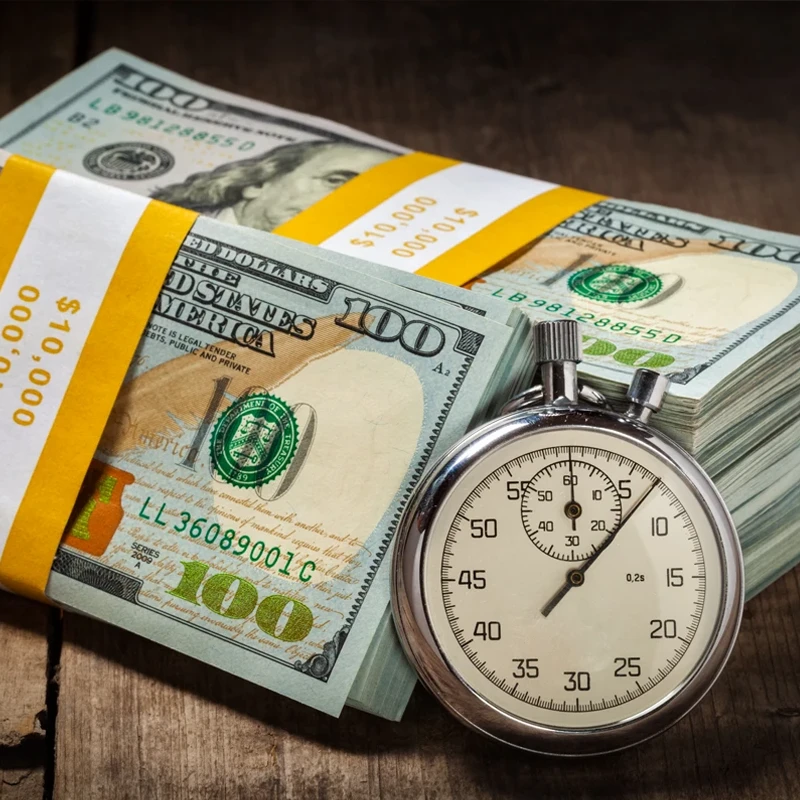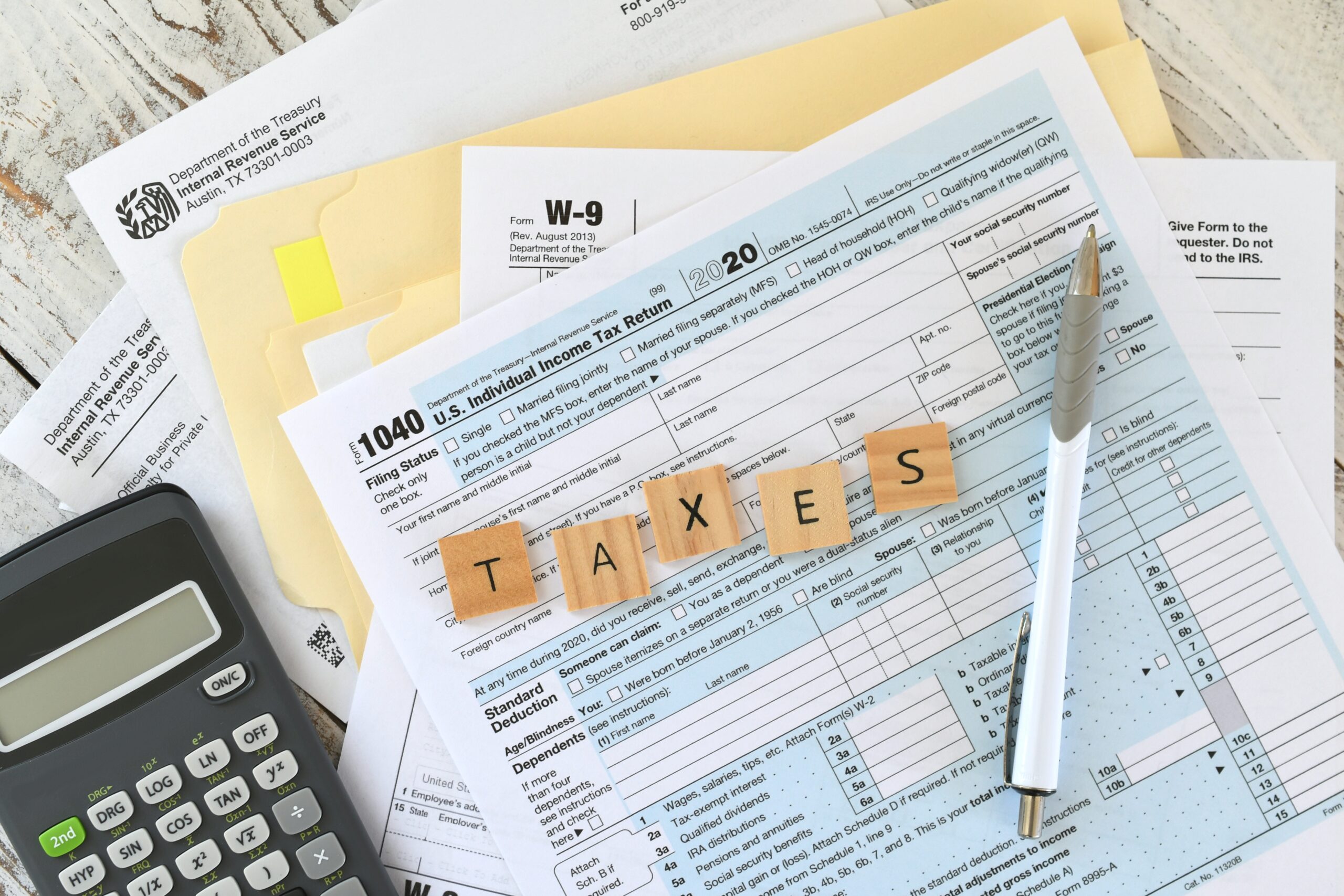Saving money often requires a combination of strategic planning and disciplined spending. Here are 20 practical ways to cut back on expenses and boost your savings, followed by a concise high-level guide to fast-tracking a $1000 emergency fund.
Actionable Strategies to Save More Money
Create a Budget
A budget helps you understand your financial inflows and outflows, making it easier to identify areas where you can save. Track all your expenses and categorize them. Set limits on discretionary spending and stick to them.
Cancel Unused Subscriptions
Subscriptions can add up quickly, draining your finances. Review all your subscriptions and cancel those you no longer use or need.
Cook at Home
Eating out is significantly more expensive than cooking at home. Plan your meals, prepare a grocery list, and cook in bulk to save time and money.
Use Public Transportation
Reducing car usage can save money on gas, maintenance, and parking. Use public transportation, carpool, bike, or walk whenever possible.
Shop Sales and Use Coupons
Taking advantage of discounts can lower your grocery and household expenses. Look for sales, use coupons, and join loyalty programs to get the best deals.
Reduce Utility Bills
Lowering your energy consumption saves money and benefits the environment. Implement energy-saving practices like using energy-efficient bulbs, unplugging electronics, and adjusting your thermostat.
Cut the Cable Cord
Cable TV can be costly compared to streaming services. Switch to more affordable streaming services or use free channels.
DIY Home Repairs
Doing minor repairs yourself can save on professional service fees. Learn basic DIY skills through online tutorials and tackle small home projects yourself.
Buy Generic Brands
Generic products are often cheaper than brand-name items. Opt for store brands for groceries, medications, and household goods.
Limit Impulse Purchases
Impulse buys can quickly add up and derail your budget. Implement a 24-hour rule where you wait a day before making non-essential purchases.
Use Cashback Apps
Cashback apps can provide rebates on everyday purchases. Sign up for apps like Rakuten, Ibotta, or Honey and use them when shopping. Best Cashback Apps Worth Your Time
Refinance Loans
Refinancing can lower your interest rates and monthly payments. Compare rates from different lenders and consider refinancing your mortgage, auto loan, or student loans.
Negotiate Bills
Many service providers are willing to lower your bills if you ask. Contact your service providers and negotiate for lower rates on things like internet, cable, and insurance.
Automate Savings
Automatic transfers ensure you consistently save money. Set up automatic transfers from your checking account to your savings account each month.
Limit Convenience Foods
Pre-packaged foods are often more expensive than homemade meals. Prepare meals and snacks from scratch to save money and eat healthier.
Embrace Frugal Living
A frugal lifestyle reduces unnecessary spending and increases savings. Adopt practices like buying second-hand, reusing items, and being mindful of your consumption.
Review Insurance Policies
You might be overpaying for insurance coverage. Compare rates from different providers and adjust your coverage as needed.
Participate in No-Spend Challenges
These challenges help you become more aware of your spending habits. Commit to a no-spend period where you only purchase essentials.
Set Financial Goals
Clear goals motivate you to save and spend wisely. Define specific savings goals and create a plan to achieve them
Track Your Progress
Monitoring your progress keeps you motivated and accountable. Regularly review your budget, expenses, and savings to stay on track.
High-level View of Fast-Track to $1000
Create a Realistic Budget
Track your expenses and set savings goals.
Cut Unnecessary Expenses
Cancel subscriptions, limit dining out, and reduce utility bills.
Increase Your Income
Take on a side hustle, sell unused items, and ask for overtime.
Automate Your Savings
Set up automatic transfers and use round-up apps.
Use Cash Windfalls Wisely
Save tax refunds, bonuses, extra paychecks, and cashback rewards.
Implement Frugal Living Strategies
DIY solutions, repurpose things, use coupons, and buy generic.
Monitor Your Progress and Adjust
Track savings, adjust your budget, and celebrate milestones.
Conclusion
By following these strategies and condensing your approach, you can quickly build a $1000 emergency fund, providing a crucial financial safety net. Start today and secure your financial future.









